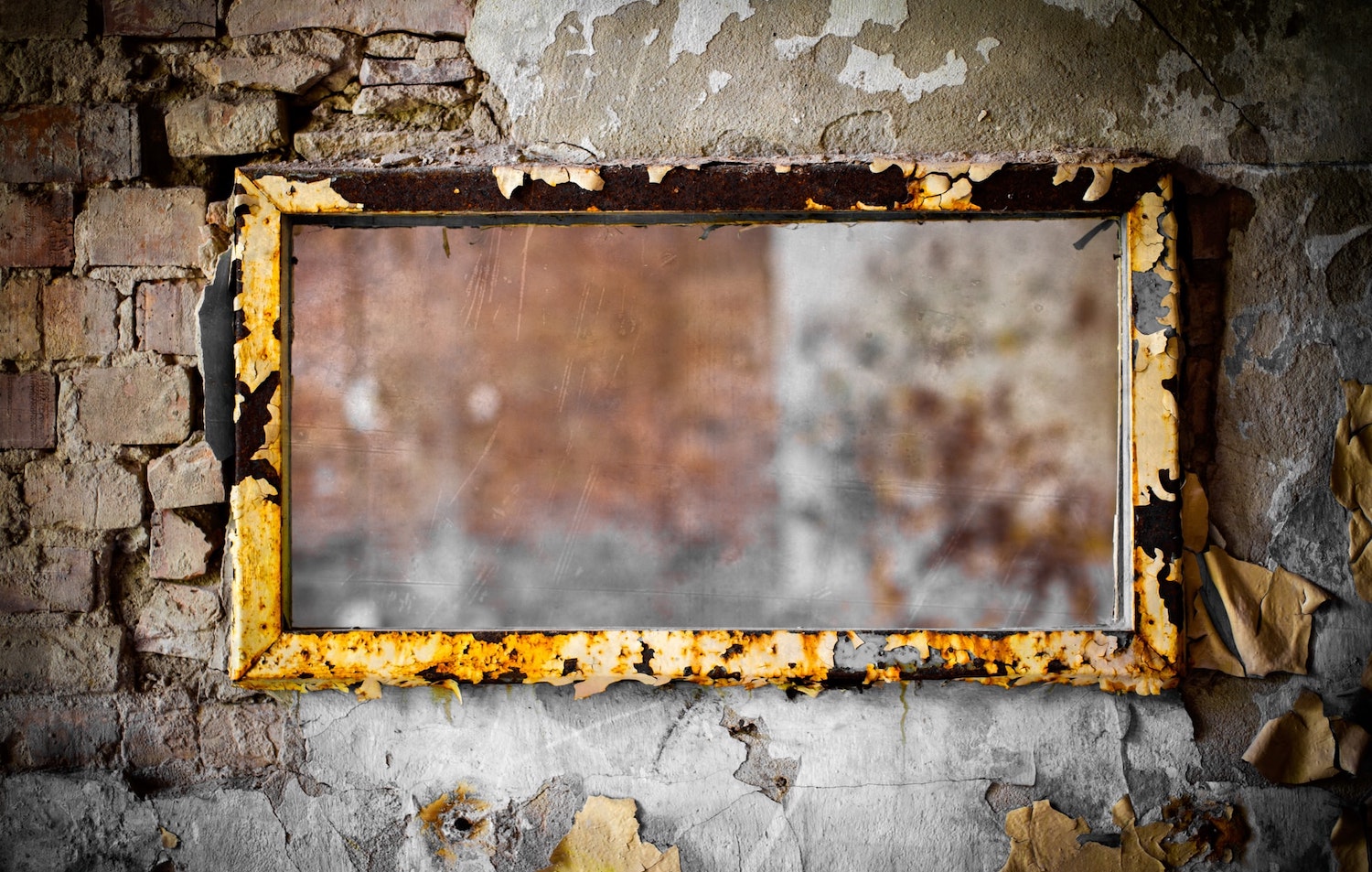Mind as Mirror
The mirror’s light and clarity holds and reflects the shapes of whatever comes. The post Mind as Mirror appeared first on Tricycle: The Buddhist Review.

 Photo by Denny Müller
Photo by Denny MüllerA cherished, ancient image of the mind in zazen is a clear mirror—boundless, extending everywhere. This mirror holds within and displays whatever comes, accepting all without preference or rejection: both the beautiful and the ugly, the welcome and unwelcome, scenes of war and peace, friends and enemies, moments of life and death, the whole world all embraced and enveloped by the mirror without resistance or judgment, in thorough peace and equanimity. The mirror does not prefer sweet over sour, sunshine over rain, here instead of there. Even our stormy emotions are shown in the mirror as just passing images: moments of fear and sadness, loss and longing.
Some may think that the mirror only shines when all such distress and despair is removed from it, when the mirror is wiped perfectly clean. But the mirror never distresses or despairs. It neither pulls the pleasing in, nor pushes the displeasing away. Its light and clarity holds and reflects the shapes of whatever comes, both the light and the dark, which are somehow—all—the mirror’s very illumination. Mysteriously, by this very acceptance, even the darkness somehow contains a light. Mysteriously, all life’s broken pieces are known to be whole.
In other words, the mirror does not need to be made free of the ugly, shielded from the hard-to-witness, our problems and worries, the times of a broken heart, tears and terrors that we may be feeling. Rather, even those may sometimes appear in the mirror, and they shall be welcomed and embraced as just more passing scenes. So powerful is this peace and equanimity that the glass embraces all the smooth and broken things in life just the same. Scenes of lightness are the mirror’s light, but scenes of storms and darkness are the mirror’s light, too.
Not only while sitting zazen, but also when we go back out into the world, our eyes can be mirrors, as we see all the world’s struggle and chaos. We will sometimes be blind to the fact, but the endless separate things and scenes of this world are all, always, the mirror.
Of course, we should try to make this world better, turning the ugly into the beautiful as best we can, cleaning the rivers and seas, planting flowers, trying to end the wars, searching for cures to diseases, comforting the lonely and afraid. We should not ignore suffering, tolerate the earth’s filth, or stir up or wallow in the mud of our own mind. We should put down our own greed, anger, jealousy, and the like. As best we can, we should try to bring lovely images to the mirror, polishing away the dirt and dust. We should not be complacent. Master Dogen said that the very act of polishing is itself the mirror—Buddha polishing Buddha, enlightenment polishing enlightenment.
But the mirror reflects all of it; both our act of polishing and the dust are met with equanimity and welcome. Though we polish away the grime and dust, even the grime and dust are the mirror’s light, and the light is the grime and dust.
In “On the Ancient Mirror” from Eihei Dogen’s Shobogenzo, the Zen master’s 13th century master work, Dogen reflects on this old story:
A monk asks, “What is the ancient mirror like before being polished?” The master says, “The ancient mirror.” The monk says, “What is it like after being polished?” The master says, “The ancient mirror.”
Remember, the ancient mirror under discussion now has a time of being polished, a time before being polished, and a time after being polished, but it is wholly the ancient mirror. This being so, when we are polishing, we are polishing the ancient mirror in its entirety. Our polishing is not adding anything. Our polishing is not the self’s polishing nor the self being polished. Before being polished the ancient mirror is not dull. Even if someone calls it stained, it can never be dull: it is the ancient mirror in its vivid state.

Get Daily Dharma in your email
Start your day with a fresh perspective

Explore timeless teachings through modern methods.
With Stephen Batchelor, Sharon Salzberg, Andrew Olendzki, and more
![]()
Thank you for subscribing to Tricycle! As a nonprofit, we depend on readers like you to keep Buddhist teachings and practices widely available.
This article is only for Subscribers!
Subscribe now to read this article and get immediate access to everything else.
Already a subscriber? Log in.

 Troov
Troov 





























